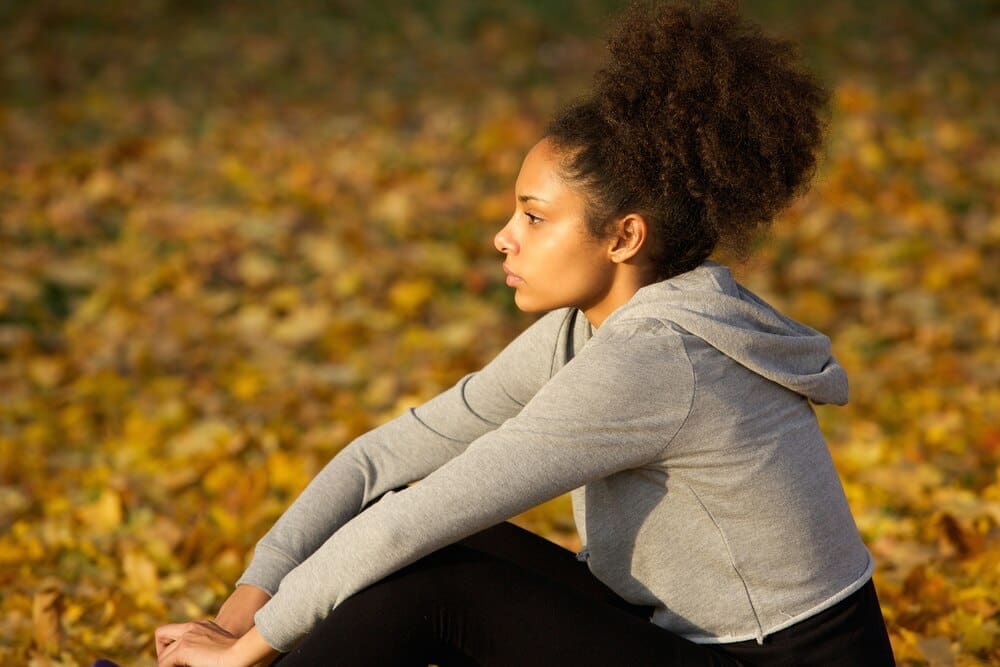For the millions of people worldwide who live with anxiety, the search for relief is a constant and often exhausting journey. While therapy and medication remain cornerstone treatments, a powerful, evidence-based ally is often overlooked or underestimated: physical exercise. A growing body of scientific research demonstrates that regular physical activity can significantly reduce symptoms of anxiety, acting on the brain and body in ways remarkably similar to medication. For individuals grappling with everything from generalized anxiety disorder to panic attacks and everyday stress, incorporating movement can be a transformative and empowering strategy for regaining a sense of control and well-being.
Understanding the Anxiety-Exercise Connection
Anxiety is more than just feeling stressed or worried. It is a complex emotional and physiological state characterized by intrusive thoughts, persistent fear, and physical symptoms like a racing heart, shallow breathing, and muscle tension. These symptoms are driven by an overactive “fight-or-flight” response, the body’s primal alarm system.
Exercise intervenes in this cycle in two distinct ways: immediately and over the long term. In the moment, a brisk walk or a short workout can act as a powerful circuit breaker. It forces a shift in focus from internal worries to external physical sensations, providing an immediate distraction from the ruminative thoughts that fuel anxiety.
Over time, the benefits become even more profound. A consistent exercise routine helps to fundamentally retrain the body’s stress response system, making it less reactive to perceived threats. It builds resilience not just in our muscles, but within the very neurochemical pathways that govern our mood and emotions.
The Science: How Exercise Rewires an Anxious Brain
The anti-anxiety effects of exercise are not merely psychological; they are deeply rooted in biology. Physical activity initiates a cascade of changes in the brain that directly counter the mechanisms of anxiety.
Neurochemical Changes
Much like antidepressant medications, exercise alters the balance of key brain chemicals. It triggers the release of endorphins, the body’s natural opioids, which produce feelings of well-being and act as a natural pain reliever.
Beyond endorphins, exercise helps to regulate crucial neurotransmitters. It boosts the availability of serotonin, which is vital for mood, sleep, and appetite, and is a primary target for SSRI medications. It also increases levels of dopamine and norepinephrine, which play roles in motivation, focus, and alertness, all of which can be compromised by chronic anxiety.
Perhaps most importantly, exercise stimulates the production of a protein called Brain-Derived Neurotrophic Factor (BDNF). Scientists often refer to BDNF as “Miracle-Gro for the brain” because it supports the health of existing neurons and encourages the growth of new ones, a process called neurogenesis. This is particularly critical in the hippocampus, a brain region essential for memory and mood regulation that can shrink under chronic stress.
Regulating the Body’s Stress Response
Chronic anxiety keeps the body’s central stress response system, the Hypothalamic-Pituitary-Adrenal (HPA) axis, on high alert. This leads to an overproduction of the stress hormone cortisol. While useful in short bursts, persistently high cortisol levels can damage the brain and body.
Exercise helps to regulate the HPA axis. While a workout temporarily increases cortisol, the body’s subsequent recovery process improves the overall function of the system. Over time, a physically active person will show a more moderate cortisol response to psychological stressors.
In a sense, exercise provides a form of controlled, physical stress. It allows you to “practice” the fight-or-flight response in a safe context. Your heart rate increases, you breathe faster, and your muscles work hard. By repeatedly experiencing and recovering from this physical stress, your body becomes more efficient at handling it, making you more resilient when faced with emotional stress.
Structural Brain Changes
The benefits extend to the very structure of the brain. Neuroimaging studies have shown that regular aerobic exercise can increase the volume of the prefrontal cortex and the hippocampus. These areas are crucial for executive functions like emotional regulation, impulse control, and rational thinking.
A stronger prefrontal cortex can better regulate the amygdala, the brain’s fear center. In anxiety disorders, the amygdala is often hyperactive, sending out false alarms. By strengthening the brain’s “control center,” exercise helps to dampen these overactive fear signals, leading to a calmer baseline state.
Psychological and Behavioral Benefits
Beyond the complex neurobiology, exercise offers tangible psychological advantages that help dismantle the patterns of anxiety.
A Break from Rumination
Anxiety thrives on rumination—the cyclical and unproductive loop of negative thoughts. Exercise serves as a powerful form of mindfulness in motion. The focus required to coordinate your body, monitor your breathing, or simply navigate your surroundings pulls your attention into the present moment and away from abstract worries about the past or future.
Increased Self-Efficacy and Confidence
Anxiety often fosters a sense of helplessness and fragility. Setting and achieving small, consistent exercise goals—whether it’s walking for 15 minutes or completing a set of push-ups—builds a sense of mastery and self-efficacy. This confidence can then translate to other areas of life, challenging the anxious belief that you are incapable of handling challenges.
Improved Sleep
The relationship between anxiety and poor sleep is a vicious cycle. Anxiety makes it difficult to sleep, and a lack of sleep exacerbates anxiety. Exercise is a well-documented sleep aid. It can help you fall asleep faster, increase the amount of deep sleep you get, and improve overall sleep quality, which is fundamental for emotional regulation.
Putting It Into Practice: What Kind of Exercise is Best?
The most important principle is this: the best exercise for anxiety is the one you will consistently do. Finding an activity you genuinely enjoy is the key to long-term success. However, certain types of exercise have shown particular promise.
Aerobic Exercise
Rhythmic, aerobic activities that engage large muscle groups are highly effective. Activities like brisk walking, jogging, cycling, swimming, and dancing are excellent choices. Research suggests that 20 to 30 minutes of moderate-intensity activity, most days of the week, can provide significant anti-anxiety benefits.
Mind-Body Practices
Yoga and Tai Chi are especially potent because they combine physical movement with two other pillars of anxiety management: controlled breathing and mindfulness. These practices are designed to calm the nervous system and increase body awareness, directly targeting both the physical and mental symptoms of anxiety.
Strength Training
Lifting weights or performing bodyweight exercises like squats and lunges can also be very beneficial. The intense focus required to maintain proper form provides a meditative quality, while the tangible progress in strength serves as a powerful confidence booster.
Important Considerations and When to Seek Help
While exercise is a formidable tool, it is not a panacea. It is most effective when used as part of a holistic approach to mental health. For those with severe anxiety, the very idea of starting an exercise routine can feel overwhelming due to a lack of motivation and energy. In these cases, starting incredibly small—even a five-minute walk around the block—is a victory.
It is crucial to view exercise as a supplement to, not a replacement for, professional care. If your anxiety is severe, debilitating, or interferes with your daily functioning, seeking help from a therapist or psychiatrist is essential. They can provide a diagnosis and guide you through evidence-based treatments like Cognitive Behavioral Therapy (CBT) or medication.
By integrating physical activity into your life, you are not just treating a symptom; you are actively engaging in an act of self-care that reshapes your brain and builds psychological resilience. The first step, no matter how small, can be the most powerful one you take on the path to managing anxiety and reclaiming your peace of mind.












